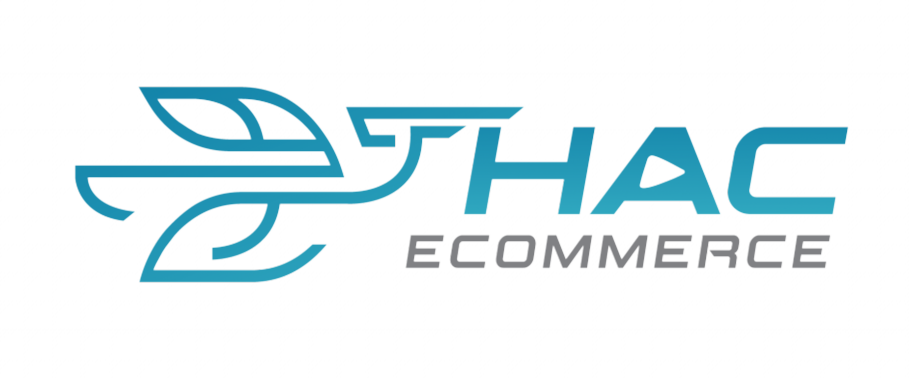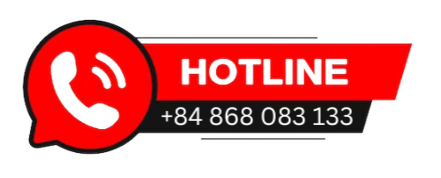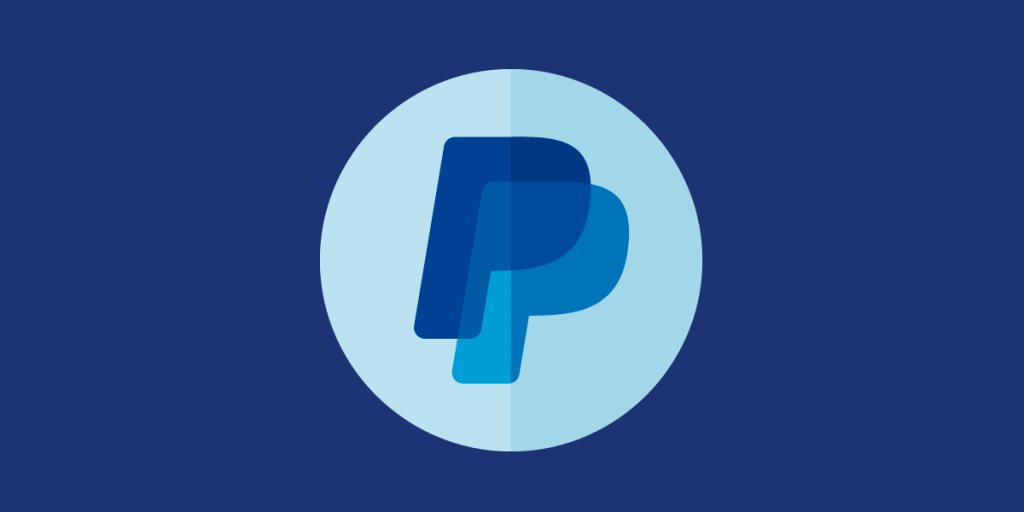Partial and Full Refunds on PayPal
A Complete Guide to PayPal Refunds for Sellers and Buyers
PayPal, the globally trusted online payment platform, is known for its convenience, security, and wide acceptance in cross-border transactions. However, refund requests can still arise despite its reliability due to various transaction-related issues. Whether you are a seller trying to maintain your reputation or a buyer seeking a fair resolution, understanding PayPal’s refund process is essential.
This detailed guide will walk you through the ins and outs of both full and partial refunds on PayPal, ensuring smoother dispute resolution and better user experience for all parties involved.
1. What Is a PayPal Refund?
A PayPal refund refers to returning part or all of the payment a buyer made for a transaction. Refunds can be issued by the seller voluntarily or as a result of disputes or claims. Reasons for refunds include:
- The product or service was not as described.
- A technical issue or error occurred during the transaction.
- The seller failed to deliver the item or service on time.
- The buyer changed their mind after making the purchase.
- Unauthorized transaction reported by the buyer.
PayPal allows sellers to issue full or partial refunds, depending on the agreement between both parties or the result of a dispute resolution.
2. What Is a Partial Refund on PayPal?
A partial refund occurs when the seller returns only a portion of the amount paid by the buyer rather than the full payment. This solution is often used in cases where:
The product or service is incomplete or partially defective:
For example, a product is delivered missing accessories or slightly damaged, and the buyer agrees to keep the item in exchange for a partial refund.
Mutual agreement between buyer and seller:
The buyer and seller may negotiate a partial refund when the buyer is not fully satisfied but prefers to avoid returning the item.
Dispute resolution outcome:
In some cases, PayPal may suggest or enforce a partial refund as a fair compromise between both parties.
How It Works:
- The seller initiates the partial refund through their PayPal account.
- The refund is credited to the buyer’s PayPal balance or the original payment method.
Partial refunds are a flexible solution that helps both sides avoid unnecessary returns or extended dispute processes.
3. How to Issue a Refund on PayPal – A Guide for Sellers
When Should Sellers Issue Refunds?
Sellers may need to issue a refund in the following situations:
- The buyer requests a refund due to dissatisfaction with the product or service.
- The seller voluntarily decides to return the payment (e.g., out-of-stock items).
- A PayPal dispute or claim is resolved in favor of the buyer.
Step-by-Step Refund Process for Sellers:
- Log in to your PayPal account.
- Go to the Activity tab.
- Find and select the transaction for which you want to refund.
- Click on the Refund button.
- Enter the refund amount (full or partial) and confirm the action.
Important Notes for Sellers:
- The original transaction fee paid to PayPal will not be refunded to the seller.
- If your PayPal balance is insufficient, PayPal may deduct the refund from your linked bank account.
- Once a full refund is issued, any open dispute or claim will be closed automatically.
Issuing timely refunds helps protect your business reputation and maintain buyer trust.
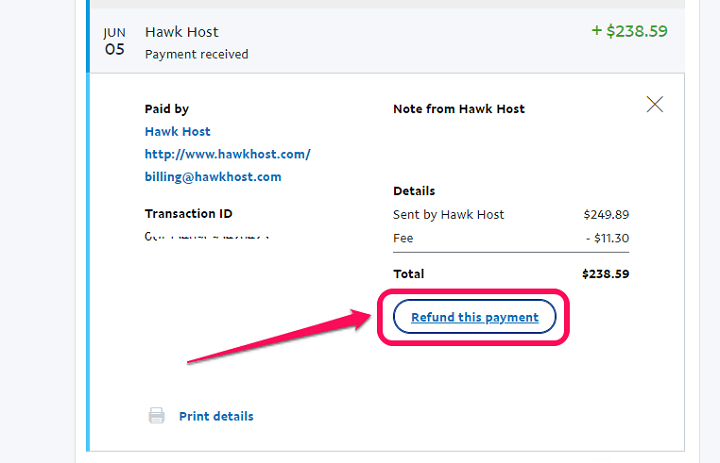
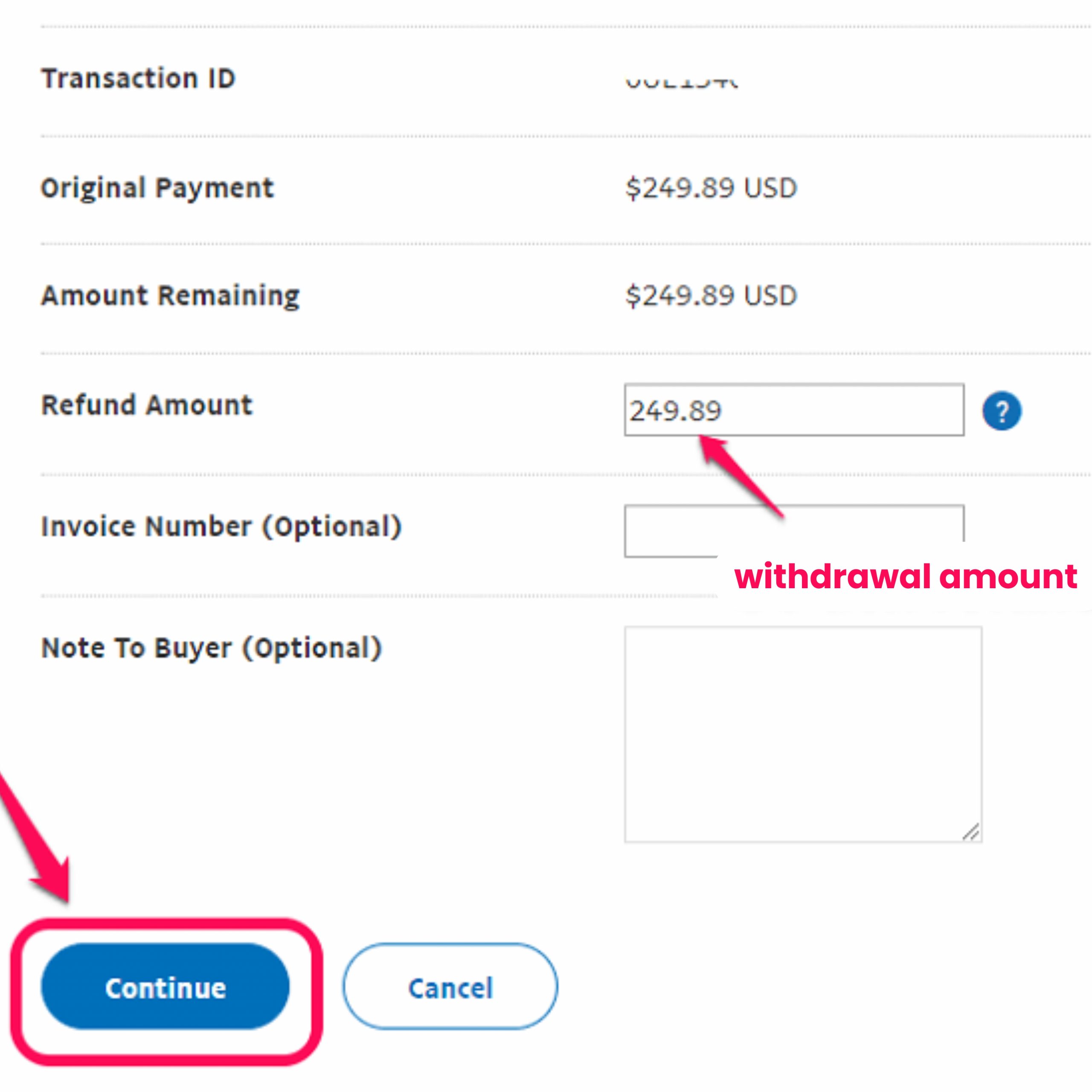
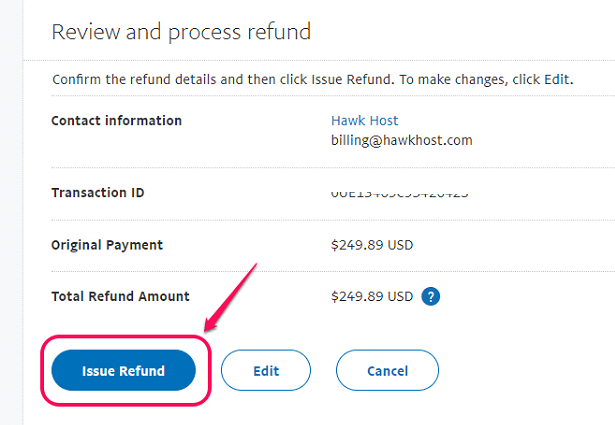
4. How to Request a Refund on PayPal – A Guide for Buyers
When Can Buyers Request a Refund?
Buyers are eligible to request a refund in the following situations:
- The received product or service was not as described.
- The item was damaged or defective.
- The item was not delivered at all.
- The transaction was unauthorized.
Step-by-Step Refund Request Process for Buyers:
- Log in to your PayPal account.
- Go to the Resolution Center.
- Select the transaction you want to dispute.
- Choose a reason for the complaint and provide detailed information.
- Submit the dispute and track its status regularly.
If the seller does not resolve the issue, buyers can escalate the dispute to a claim within 20 days for PayPal to intervene and make a final decision.
5. PayPal Refund Processing Times
The refund processing time varies depending on the original payment method:
- Credit card: 1–2 billing cycles (depending on the card issuer).
- Debit card: Up to 5 business days, but sometimes it may take up to 30 days.
- PayPal balance: Instantly, once the seller completes the refund.
Buyers should monitor their account or payment method to confirm the successful receipt of the refund.
6. Benefits of Understanding the Refund Process
Knowing how to handle refunds on PayPal brings several advantages for both buyers and sellers:
For Buyers:
- Protect your rights in case of scams or unsatisfactory products.
- Get your money back quickly through an organized process.
- Avoid the frustration of unclear dispute handling.
For Sellers:
- Avoid negative feedback and maintain a strong business reputation.
- Resolve issues quickly without damaging customer relationships.
- Build trust with buyers by demonstrating accountability.
PayPal’s buyer and seller protection policies are designed to promote fairness and transparency. Following the correct refund process enhances everyone’s transaction security.
Conclusion
Understanding how PayPal refunds work is vital for smooth and safe online transactions. Whether you’re a buyer facing issues with a purchase or a seller handling customer complaints, the ability to issue or request full or partial refunds effectively can make a significant difference.
Always ensure that you communicate clearly and resolve issues promptly to avoid disputes. Being proactive, transparent, and responsive helps you make the most of PayPal’s protection systems and strengthens your credibility in the digital marketplace.
Successful e-commerce relies on trust; knowing how to manage refunds is a big part of that trust-building process.
We hope this guide from Hac E-commerce helps you better understand the PayPal refund system and manage your online business with greater confidence and professionalism.
Additionally, Hac Ecommerce offers a range of comprehensive services designed to support and empower businesses operating in the POD (Print on Demand) industry. These services include fulfillment solutions, payment account rentals, and design cloning, all of which are tailored to meet the unique needs of entrepreneurs in this niche.
